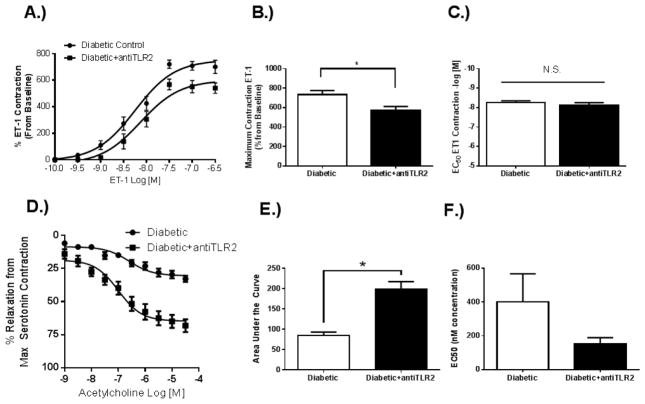Fig. 3. TLR2 antagonism decreases ET-1 contraction and improves endothelium-dependent relaxation in diabetic basilar arteries.
(A). Dose response curve to ET-1 shows that antagonism of TLR2 reduces the contractile response in diabetic GK arteries (Diabetic+antiTLR2). (B). Maximum contractile response to ET-1 was decreased following TLR2 antagonism with no effect on (C) sensitivity to ET-1. (D) Dose response curve to ACh shows that antagonism of TLR2 increases endothelium dependent vasorelaxation. (E). Total relaxation response to ACh was increased following TLR2 antagonism with no effect on (F) sensitivity to ACh. Results are given as mean ± SEM, n=6/group, *=p<0.05 vs. Diabetic.

